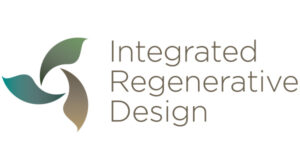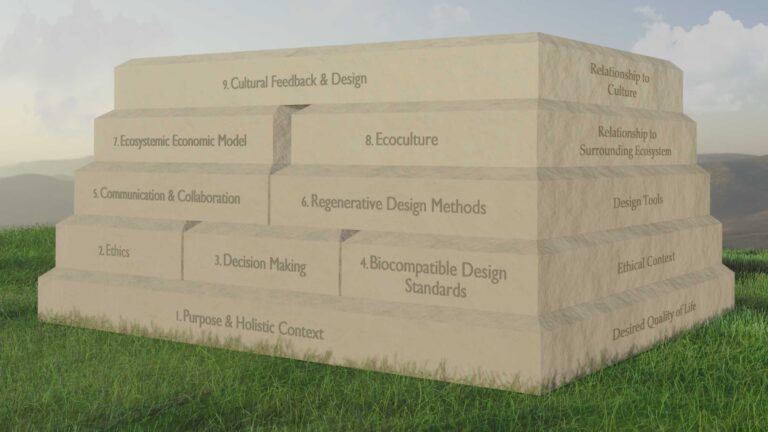IRD Overview

Integrated Regenerative Design (IRD) is structured to support the design of just about any category of human technology, from large-scale infrastructure and buildings, to consumer electronics and textiles, to business practices and industrial processes.
IRD provide a robust framework that can scale to any size project, product, or process, including those that involve design professionals from across the entire array of trades and design disciplines.
A major problem with the current method of allowing each design discipline to set it’s own best practices in isolation is that it almost always results in outcomes that are piece-wise smart (for the area-specific criteria given to each design specialty), but whole-systems stupid.
IRD was created to allow large teams to work together on complex projects, producing systems that function as mutually symbiotic parts of the ecosystems in which they are embedded.
An IRD project begins when a group comes together to evaluate a new idea to decide whether it should be pursued. This group forms a Convener’s Circle.
The first step of the Convener’s Circle is to define the purpose and holistic context of the proposed project, then to go through a set of seven questions, answering Yes or No to each.
If a question is answered No, they must consider how the idea could be adapted to allow the answer to change to a Yes. Only once all questions can honestly be answered with an unequivocal Yes may the process of chartering the project move forward.
The seven Convener’s Questions are:
- Is it needed? Is there a real, actual compelling reason in the community for this project, product, or process beyond simply creating a profit for those involved?
- Is this the best way to meet that need? Out of all the possible ways in which this need might be met, is this the approach that provides the best possible outcome of the available options over the short and long term for both internal and external stakeholders?
- Is this the best use of resources? Is this the highest and best use of the resources that will be consumed during the creation, operation, and decommissioning of this project, product, or process?
- Can it be done without harm? Can the project, product, or process be designed, implemented, operated, and decommissioned without creating harm to people, the ecosystem, or the long-term ability of either to thrive?
- Can it be done ethically? Can the entire lifecycle of the project, product, or process, from inception to decommissioning, be done in accordance with the IRD Core Ethics, along with any other ethical guidelines we have decided to add?
- Will it allow us to meet our metrics of success? Can this project, product, or process be ecosystemic, acting in a fashion that is mutually symbiotic with Earth’s biosphere? Can it be biocompatible, fully compatible with all of Earth’s life systems? Can it be regenerative, tending to increase the quality and function of the systems in which it is embedded? Can it be profitable, creating additional ecological, social, material, and financial wealth for both internal and external stakeholders? Does it support any other metrics of success that we have defined?
- Will it support our desired quality of life? Will this project, product, or process create the quality of life desired by its internal stakeholders? Will it help support the desired quality of life for external stakeholders? Will it create the desired quality of life for the non-human beings affected?

